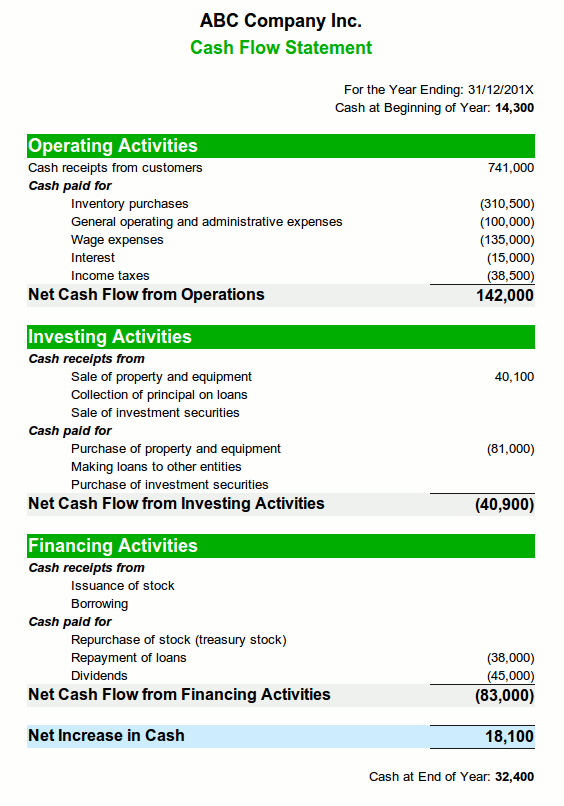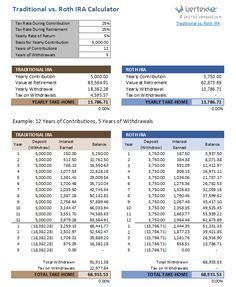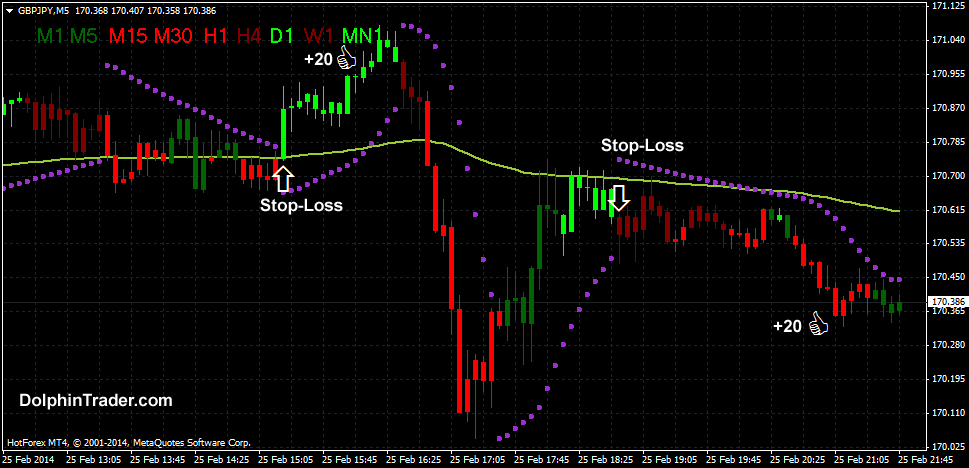Contents:


The result tends to be relatively modest ongoing changes in the reported fair value of financial instruments. This accounting applies to anything being hedged, such as foreign exchange positions, cash flows, and interest rates. A fair value hedge is used to hedge against a company’s exposure to volatility and changes in the fair value of an asset or liability. In order to qualify for hedge accounting, the potential changes in the asset or liability’s fair value must have the potential to affect the company’s reported earnings. Examples of items that may qualify for fair value hedging include inventory and assets or liabilities denominated in a foreign currency. When an entity has a financial instrument designated as a hedge of a particular risk, if the hedge accounting conditions are met, then the entity can account for the hedge using hedge accounting.
The Big 4 accounting firms have informative, in-depth guides on Derivatives and Hedge Accounting. GAAP Dynamics training courses are designed to help leading accounting firms and multinational companies move beyond the training status quo. Our courses are continually updated and new courses are constantly being added, so check back often! A derivative is a contract whose value is derived from movements in an underlying variable. For example, a stock option contract derives its value from changes in the price of the underlying stock; as the price of the stock fluctuates, so too does the price of the related option.
Summit Global Investments Has $832000 Holdings in Alpha … – MarketBeat
Summit Global Investments Has $832000 Holdings in Alpha ….
Posted: Fri, 14 Apr 2023 09:54:11 GMT [source]
The amount recycled from the bookkeeping reserve and reported in the statement of profit and loss. There is an economic relationship between the hedged item and the hedging instrument. We have written several blogs on a variety of derivatives and hedge accounting topics which are categorized and listed below. 1 There is a simplified approach available for certain private company hedging relationships that results in measurement of a derivative at settlement value if certain criteria are met. Hedge accounting describes the methods used to reconcile these differences, provided they meet all regulations. It adjusts the security’s fair value and its opposing hedge, treating the two entries as one.
IFRS fokussiert — Hedge Accounting
Entities use a fair value hedge when there is an exposure to changes in the fair value of a recognized asset or liability or an unrecognized firm commitment that is attributable to a particular risk and could affect profit or loss. An entity may have the risk of financial statement volatility because it operates in multiple foreign jurisdictions. Would it be proper to use a derivative instrument and reduce the risk of reporting currency fluctuations in earnings for the most volatile currency? Before entering into an agreement, an entity should first analyze the remaining currencies to determine if there are any natural hedges in place with existing operations.
Accell Group holds an interest rate swap that has the same critical terms as the hedged item, such as reference rate, reset dates, payment dates, maturities and notional amount. Accell Group does not hedge 100% of its loans, therefore the hedged item is identified as a proportion of the outstanding loans up to the notional amount of the swaps. Keep up-to-date on the latest insights and updates from the GAAP Dynamics’ team on all things accounting and auditing.
Accounting of Net Investment Hedge
The authors and reviewers work in the sales, marketing, legal, and finance departments. All have in-depth knowledge and experience in various aspects of payment scheme technology and the operating rules applicable to each. The team holds expertise in the well-established payment schemes such as UK Direct Debit, the European SEPA scheme, and the US ACH scheme, as well as in schemes operating in Scandinavia, Australia, and New Zealand. © 2023 KPMG LLP, a Delaware limited liability partnership and a member firm of the KPMG global organization of independent member firms affiliated with KPMG International Limited, a private English company limited by guarantee.

Traditionally, the latter is done by listing each security and derivative, with its fair market value. IFRS 9 improves the decision usefulness of the financial instruments by aligning hedge accounting with the risk management activities of an entity. From an expert, learn the requirements of IFRS 9 accounting for derivatives, fundamentals of hedging and hedge accounting, hedge documentation and effectiveness testing and developments on interest rate benchmark reforms. The long-haul method of hedge accounting allows companies to account for the time value of money when hedging transactions with derivatives.
Realize Cost Savings Through Accounting Automation
Hedge accounting is useful for companies with a significant market risk on their balance sheet; it can be an interest rate risk, a stock market risk, or most commonly, a foreign exchange risk. Also, the value of the hedging instruments moves according to movements in the market; thus, they can affect the income statement and earnings. Yet, hedge accounting treatment will mitigate the impact and more accurately portray the earnings and the performance of the hedging instruments and activities in the company in question.
When the https://1investing.in/ is no longer expected to occur, the cumulative gain or loss that was reported in equity is immediately reclassified to profit or loss. A company can choose to over-hedge, meaning to hedge more than is needed to offset the hedged risk. The new accounting standards change when the company recognises the earnings impact of cash flow over-hedges. When applying fair value hedge accounting, the hedging instrument is measured at fair value with changes in fair value recognised in the statement of profit and loss.

This allows market participants to continue to use Euribor for both existing and new contracts. Accell Group expects that Euribor will continue to exist as a benchmark rate for the foreseeable future. The impact on the financial statements of Accell Group is not expected to be material as the switch to the new benchmark will be at the same moment in time for the hedging instrument and the hedged item because the same counterparty is involved. Accell Group holds derivative financial instruments to hedge its foreign currency and interest rate risk exposures and not as speculative investments. Derivatives are initially measured at fair value; any directly attributable transaction costs are recognised in profit or loss as incurred. Subsequent to initial recognition, derivatives are measured at fair value, and changes therein are recognised in profit or loss except when the derivate is designated as a qualifying cash flow hedging instrument.
IFRS – 9
They can also use it for foreign-currency-denominated assets and liabilities, but not for translating a foreign currency into a reporting currency. Corporate hedge accounting is most common with foreign currency, or xenocurrency exposures, interest rate exposures, and commodity exposures. Forecasted purchases using foreign currency valuations are particularly sticky, since fiat currencies fluctuate based on local socio-economic factors.
The cost of hedging is a separate component in the cash flow hedging reserve and reflects the gain or loss on the portion excluded from the designated hedging instrument that relates to the forward element of forward contracts. It is initially recognised in other comprehensive income and accounted for similarly to gains or losses in the cash flow hedging reserve. Any ineffective portion of changes in the fair value of the derivative is recognised immediately in profit or loss.
- Hedge accounting is a complex business function that requires specific expertise.
- The standard defines what can be hedged and what instruments can be used to undertake a hedge.
- Functional CurrencyThe term functional currency represents the currency of the location in which business operates primarily, earns a significant portion of revenue, and incurs the cost to generate such profits.
- There is normally a single fair value measure for a hedging instrument in its entirety, and the factors that cause changes in fair value are co-dependent.
It matches gains and losses on hedging instruments with the hedged items that would otherwise be mismatched because of measurement or recognition differences – with derivatives requiring measurement at fair value through earnings absent a hedge accounting designation. Not all economic hedging relationships are eligible and the qualifying criteria are complex and subject to strict documentation. With the introduction of IFRS 91 in 2018, the eligibility of hedge accounting has significantly expanded and here we summarize how hedge accounting works and key differences between IFRS 9 and ASC 815. Under cash flow hedge accounting, the “special treatment” occurs with the hedging instrument.
What is hedge accounting & how do I implement it?
The usual business activities of companies and their customers are changing and may not be able to be predicted at this point in time, and expected hedge relationships may be going away. But for private companies, the timing is right for them to consider whether hedge accounting can be applied for the first time or to manage existing business risks. Saket Modi is the Founder and Director of Square Mile Global Consulting (), a London-headquartered financial training and consulting company. Saket specialises in international financial reporting and analysis, particularly with regards to International Financial Reporting Standards and International Public Sector Accounting Standards .
- During the accounting process, adjusting an instrument’s value to fair value creates substantial fluctuations in profit and loss.
- The hedge relationship must be documented and recorded from the start of the hedge.
- Only contracts with a party external to the reporting entity can be designated as hedging instruments.
- Note that derivatives that are used as economic hedges but are not designated in qualifying hedging relationships require special consideration for financial reporting purposes.
- Since the value of hedging instruments fluctuates along with market conditions, hedge accounting is an effective way for companies to stabilise gains and losses.
- When testing effectiveness, IFRS 9 has moved away from bright lines and focuses on an objective-based test that requires an economic relationship of critical terms between the hedged item and the hedging instrument.
The existing standard, IAS 39, was not pragmatic as it was not linked to standard risk management practices. The detailed rules had made the implementation of hedge accounting uneconomical, defeating the very purpose for which the same was created. Comprehensive IncomeOther comprehensive income refers to income, expenses, revenue, or loss not being realized while preparing the company’s financial statements during an accounting period. Because hedge accounting is a special election, you can’t just verbally say you are applying it or imply that you have elected it just by having commercial risk. You must formally document this election at the onset of the hedging relationship.

The results of effectiveness testing will determine the appropriate gains and losses to be deferred to either balance sheet accounts (e.g. OCI or CTA) and to P&L accounts. Kyriba’s accounting engine automatically creates the accounting entries with straight through process to the general ledger with the appropriate controls in place. Any resulting adjustment to the carrying amount of the hedged item related to the hedged risk is recognised in the statement of profit and loss even if normally such a change may not be recognised, e.g., for inventory being hedged for fair value changes. Our course, Hedge Accounting Qualifications, will help you understand each of these required elements so that you can evaluate whether the effort is worth it for the resulting financial statement presentation. You will also learn about the presentation and disclosure requirements should you choose to embark on a journey to employ hedging accounting to align the economics and accounting recognition of risk mitigation efforts. ASC 815 divides hedges into categories with specific accounting guidance for each.
Derivatives market hints at rate cuts from January – The Economic Times
Derivatives market hints at rate cuts from January.
Posted: Wed, 12 Apr 2023 01:23:00 GMT [source]
In the United States, Deloitte refers to one or more of the US member firms of DTTL, their related entities that operate using the “Deloitte” name in the United States and their respective affiliates. Certain services may not be available to attest clients under the rules and regulations of public accounting. To calculate hedge ratio, you divide the value of a hedged position by the value of total exposure. Say, for example, your clothing business needs to place an order for 1,000 yards of cotton fabric each quarter.


